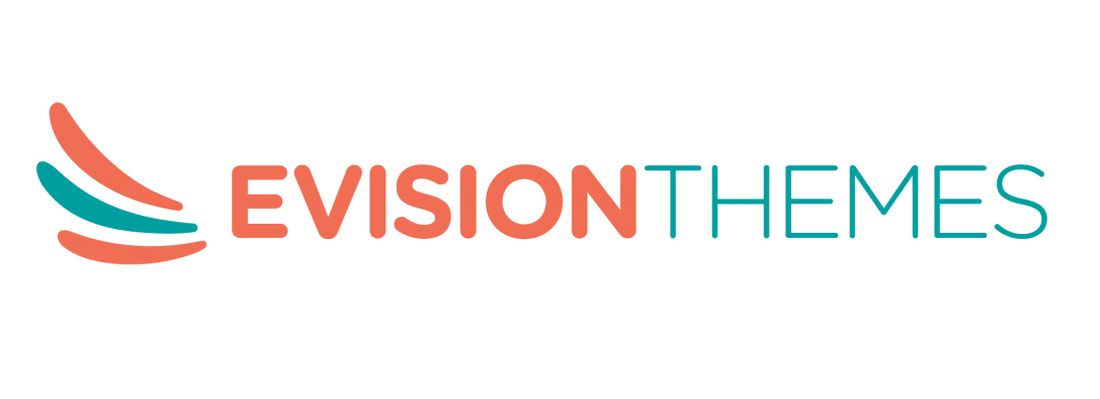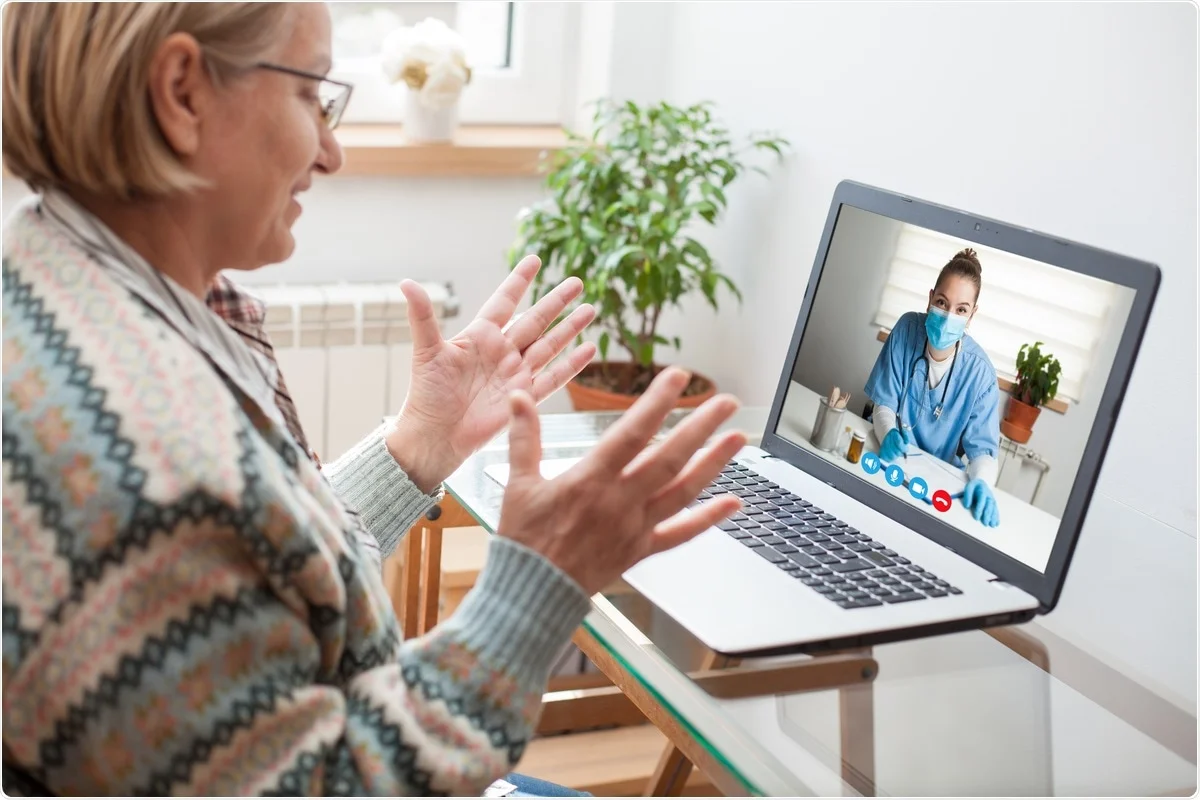In recent years, the field of medical app development has witnessed significant growth and innovation, revolutionizing the way healthcare services are delivered. However, the outbreak of the COVID-19 pandemic in 2019 has brought about unprecedented challenges and opportunities for the industry. This blog aims to explore the impact of COVID-19 on medical app development, examining how the pandemic has accelerated the adoption and evolution of digital healthcare solutions.
The term “medical app development” refers to the process of creating software applications specifically designed to support healthcare professionals, patients, and the general public in managing various aspects of healthcare. These apps encompass a wide range of functionalities, including telemedicine, remote patient monitoring, appointment scheduling, medication tracking, and health education.
Pre-COVID-19 Landscape of Medical App Development
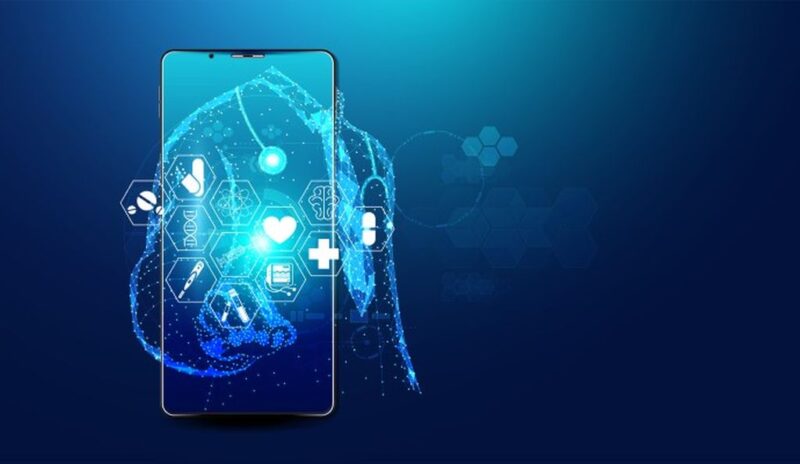
Growth and significance of the medical app market:
- The medical app development industry has experienced remarkable growth in recent years, driven by advancements in technology and increasing demand for convenient healthcare solutions.
- The global medical app market was valued at $11.17 billion in 2020 and is projected to reach $34.95 billion by 2027, with a compound annual growth rate (CAGR) of 16.3%.
- Medical apps have transformed healthcare delivery by improving accessibility, enhancing patient engagement, and enabling remote monitoring.
Categories of medical apps:
- Health and wellness apps: These apps focus on promoting healthy lifestyles, fitness tracking, and providing general health information.
- Telemedicine apps: These apps facilitate remote consultations between healthcare providers and patients, eliminating the need for in-person visits.
- Medication management apps: These apps help users track their medication schedules, set reminders, and provide information about dosage and potential side effects.
- Medical reference and education apps: These apps provide healthcare professionals with access to medical literature, guidelines, and educational resources.
- Monitoring and tracking apps: These apps enable users to monitor vital signs, track symptoms, and manage chronic conditions.
Acceleration of Medical App Development During COVID-19
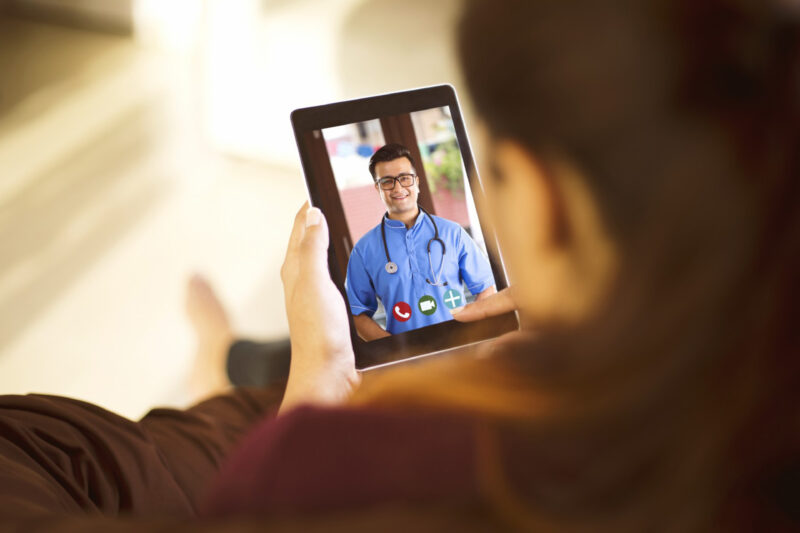
Shift towards remote consultations:
- The COVID-19 pandemic necessitated physical distancing measures and limited in-person healthcare visits, leading to a surge in demand for telemedicine services.
- Medical apps played a vital role in facilitating remote consultations between healthcare providers and patients, enabling timely access to healthcare while minimizing exposure risks.
Benefits of telemedicine during the pandemic:
- Telemedicine apps allowed healthcare professionals to diagnose and treat non-emergency conditions remotely, reducing the burden on hospitals and clinics.
- Patients benefited from reduced travel time, minimized waiting room exposure, and the convenience of accessing healthcare from the comfort of their homes.
Expansion of telehealth infrastructure:
- Healthcare institutions and providers rapidly expanded their telehealth infrastructure and incorporated medical apps into their practice to meet the growing demand for remote healthcare services.
- Telemedicine platforms witnessed significant investments and partnerships, leading to improved functionality, user experience, and integration with electronic health records (EHR) systems.
Role of medical apps in contact tracing and monitoring
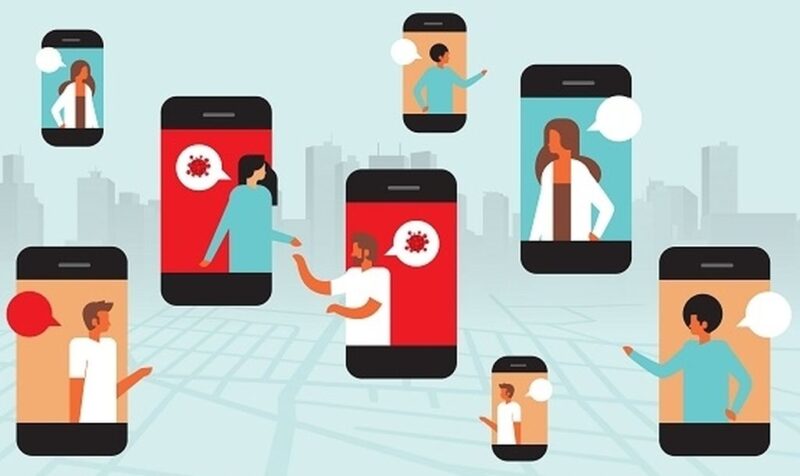
Contact tracing apps:
- Contact tracing apps became a crucial tool in containing the spread of COVID-19 by identifying and notifying individuals who came into contact with infected individuals.
- These apps used Bluetooth technology and location data to track interactions, allowing health authorities to quickly notify and test potentially exposed individuals.
Symptom monitoring and self-assessment apps:
- Medical apps provided users with self-assessment tools to monitor COVID-19 symptoms and assess their risk of infection.
- Symptom tracking apps enabled users to log symptoms, track their progress, and receive guidance on when to seek medical attention, helping individuals make informed decisions about their health.
Remote patient monitoring:
- Medical apps integrated with wearable devices and IoT sensors allowed for remote monitoring of vital signs, oxygen levels, and other health parameters.
- Remote patient monitoring helped healthcare professionals track patients’ health status, detect early warning signs, and intervene promptly, especially for those with chronic conditions or recovering from COVID-19.
Challenges Faced by Medical App Developers During the Pandemic
Increased demand for app development:
- The surge in demand for medical apps during the pandemic placed additional pressure on app developers to create and deploy solutions quickly to meet the healthcare system’s needs.
- Developers of the software development services had to adapt to the rapidly evolving requirements and ensure the scalability and efficiency of their apps to handle the increased user load.
Integration with existing healthcare systems:
- Medical apps needed to integrate seamlessly with existing healthcare infrastructure, including electronic health records (EHR) systems and hospital management systems.
- Developers faced the challenge of interoperability, ensuring that data could be securely shared and accessed across different healthcare platforms.
Infrastructure limitations:
- The sudden surge in app usage during the pandemic strained server capacities and bandwidth, leading to performance issues and system crashes.
- Developers had to quickly scale up their infrastructure and optimize their apps to handle the increased demand and provide a seamless user experience.
Ensuring data privacy and security in medical apps

Compliance with privacy regulations:
- Medical apps handle sensitive personal health information, making data privacy a critical concern.
- Developers had to ensure compliance with regulations like the Health Insurance Portability and Accountability Act (HIPAA) in the United States or the General Data Protection Regulation (GDPR) in the European Union.
Data encryption and storage:
- Medical app developers faced the challenge of implementing robust encryption measures to protect data during transmission and storage.
- Secure cloud storage and encryption techniques, such as end-to-end encryption, were essential to safeguard patient information from unauthorized access.
User consent and transparency:
- Developers had to prioritize user consent and transparency regarding data collection, storage, and usage.
- Clearly explaining the app’s privacy policy and obtaining informed consent from users became crucial in building trust and ensuring compliance with privacy regulations.
Impact of COVID-19 on User Behavior and Adoption of Medical Apps

Increased acceptance of telemedicine:
- The COVID-19 pandemic has accelerated the acceptance and adoption of telemedicine among patients.
- Patients have become more comfortable with remote consultations, recognizing the convenience, accessibility, and reduced exposure risks associated with virtual healthcare.
Emphasis on self-care and remote monitoring:
- The pandemic has highlighted the importance of self-care and remote monitoring of health conditions.
- Users are increasingly turning to medical apps for tracking symptoms, monitoring vitals, and managing their overall health and well-being.
Preference for contactless healthcare interactions:
- Patients have shown a preference for contactless interactions with healthcare providers to minimize exposure to contagious diseases.
- Medical apps provide a solution for remote healthcare interactions, reducing the need for in-person visits and minimizing waiting room exposure.
Conclusion
Looking ahead, the future of medical app development post-COVID-19 holds great potential for the continued growth and evolution of the industry, with a focus on preventive and remote care, integration of emerging technologies, and collaboration among stakeholders to shape the regulatory landscape and industry standards.
